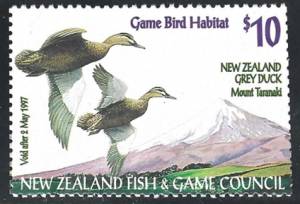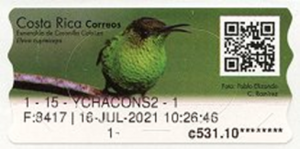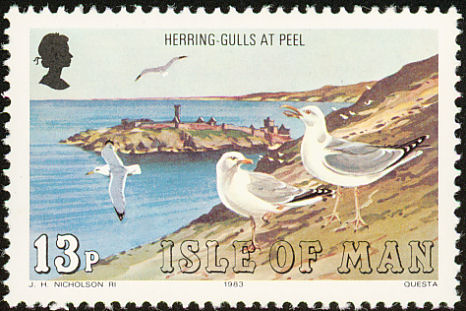European Herring Gull (Larus argentatus)
The question. Written by Steven Ardron
Round the corner from the end of the drive where I now live in Dumfries, is this rather intimidating street sign which tells us “Please Don’t Feed the Gulls”. Where I live is a five-minute walk from the aptly named Dock Park and the River Nith, where there are other similar signs intended to discourage feeding of the Gulls. Just up from the park, is the river promenade (Whitesands) where in the middle of the river, just down from the caul[1] is an island on which the Herring Gulls generally camp out, occasionally paddling in the river itself, usually against the tide. Under heavy rains, when the river rises, this island disappears, in which case the Gulls are more often to be seen in aerial formation overhead.
Along Whitesands there are other variations on the sign at the end of my drive. This got me wondering: alongside Pigeons, are Herring Gulls also our most unloved urban birds?
The local council (Dumfries and Galloway) certainly thinks so. Their website[2] tells me that:
“Gulls in Dumfries and Galloway.
Gulls are a nuisance in Dumfries and Galloway. We don’t have a statutory duty to take action against gulls but do have some powers to tackle the problem.”
The Council also says that because of the current Covid-19 situation, they were unable to offer the normal egg and nest removal service in 2020. The Gulls are protected by law during the nesting season, but outside of that period, unused nests can be cleared away.
Amongst the advice offered is to stop the Gulls from scavenging, either from food that is visible to them (people eating taking away food as they walk along the street) or from directly feeding them; or from leaving discarded burgers and chips in litter bins.





